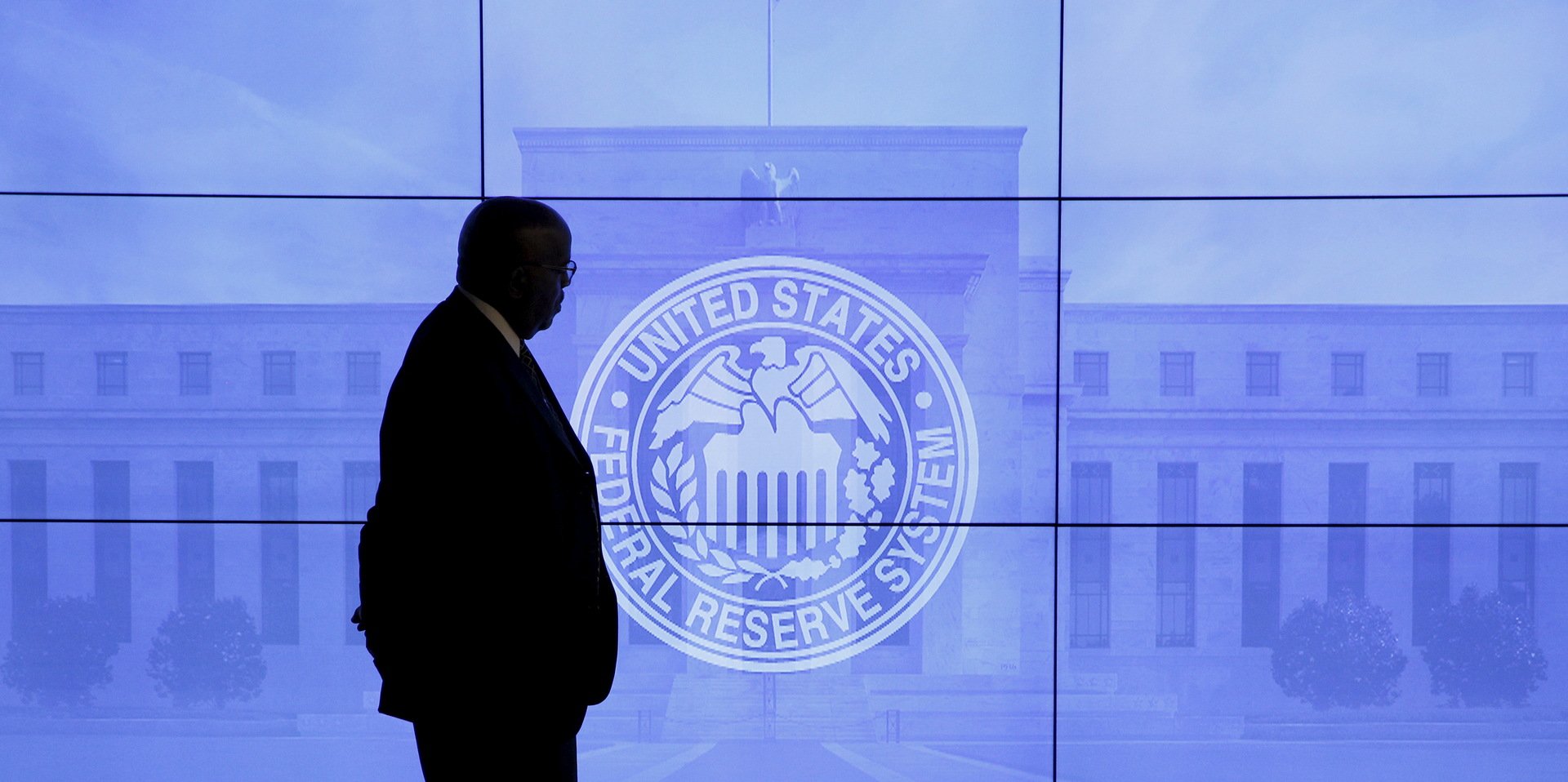On Monday, August 2, the opening of trading on the Moscow Exchange was accompanied by a moderate weakening of the Russian currency.
So, the dollar rate rose by 0.07% - up to 73.21 rubles, and the euro rate - by 0.05%, up to 86.9 rubles.
In the coming month, the dynamics of oil prices will remain one of the determining factors for the Russian currency.
Anna Zaitseva, an analyst at FG Finam, shared this opinion in a conversation with RT.
Note that in July, the cost of energy raw materials of the Brent benchmark on the ICE exchange in London increased by 1.6% to $ 76.3 per barrel.
At the same time, in the middle of the month, quotations briefly dropped to $ 67.4 per barrel amid renewed terms of the OPEC + deal.
Further changes in oil prices will largely depend on demand in the largest consumer countries, says Anna Zaitseva.
“For example, in the United States, fuel consumption remains high due to the seasonal factor.
The positive dynamics in stocks indicates that the increase in the incidence of the delta coronavirus strain has not yet had a noticeable effect on oil demand in the country, ”the analyst said.
The latest estimates from the US Energy Information Administration (EIA) put oil reserves in the United States down to 435 million barrels.
The value was the lowest since January 2020.
It should be noted that traditionally high volumes of energy consumption contribute to higher prices for hydrocarbons.
“The current level of world oil prices is very comfortable for the Russian ruble, which should play in favor of strengthening the national currency.
However, the positive effect of the rise in prices for raw materials is smoothed out due to the operations of the Ministry of Finance and the Central Bank on buying foreign currency within the framework of the budgetary rule, ”Zaitseva said.
Recall, according to the budgetary rule, during the rise in the price of hydrocarbons, the Ministry of Finance through the Central Bank buys foreign currency and thereby puts pressure on the ruble.
At the same time, in the event of a collapse in the energy market, the Ministry of Finance stops operations and the pressure on the ruble weakens.
Such actions are necessary to gradually reduce the relationship between the dynamics of the national currency and oil prices.
American factor
According to experts, an important event for the Russian currency and the world financial market as a whole may be the speech of the head of the US Federal Reserve System Jerome Powell at the end of August at a symposium in Jackson Hole (Wyoming).
As expected, the chairman of the FRS can indicate the timing of changes in the current monetary policy.
Recall that in the spring of 2020, against the backdrop of the coronavirus pandemic, the US Federal Reserve launched a quantitative easing program.
The regulator began to print dollars and buy government bonds in an unlimited amount on the stock market.
Such a policy should lead to an increase in the money supply in the financial system and accelerate the economic recovery from the consequences of COVID-19.
At the same time, the Fed's actions are spurring inflation acceleration in the country.
So, in June 2021, consumer prices in the United States increased by 5.4% compared to the same period in 2020.
The achieved level of annual inflation has become the maximum over the past 13 years, according to the data of the US Department of Labor.
To combat rising prices, the Federal Reserve may announce the curtailment of the quantitative easing program.
Such a decision of the regulator can strengthen the position of the dollar in the international market, says Anna Zaitseva.
“In this case, the Russian currency may weaken in relation to the American one.
At the same time, if the Fed's rhetoric turns out to be soft, then conventionally risky currencies, including the ruble, may strengthen against the dollar, "the specialist added.
© REUTERS / Kevin Lamarque
Strengthening bet
The policy of the Bank of Russia will continue to provide significant support to the national currency, Andrey Kochetkov, a leading analyst at Otkritie Broker for global research, is convinced.
Recall that on July 23, the Central Bank, as part of the fight against inflation for the fourth time in a row, raised the key rate and raised it to 6.5% per annum.
“The actions of the Central Bank have returned the status of the ruble to one of the most profitable currencies in the world.
A week before the increase, a significant inflow of foreign funds into Russian government debt began to be noted.
The first auctions after the rate increase also showed significant demand for federal loan bonds.
The growth in the yield of the Russian currency will continue to ensure a smooth strengthening of its exchange rate in August, "Kochetkov said in an interview with RT.
Moreover, the inflow of investor funds into ruble-denominated assets will increase against the backdrop of a possible slowdown in inflation, the expert believes.
It should be noted that in the period from 20 to 26 July, Rosstat recorded zero growth rates in consumer prices, while on 13-19 July, a decrease of 0.01% was observed.
“Therefore, in August we expect movement towards the corridor of 72-73 rubles per dollar.
This is also indicated by fundamental factors such as positive trade and current account surpluses.
This means that the country is making money, not losing money, ”Kochetkov said.
According to Anna Zaitseva, by the end of the summer the dollar exchange rate will generally be in the range of 72-75 rubles.
In turn, the euro exchange rate can fluctuate between 85.5-88.5 rubles.

